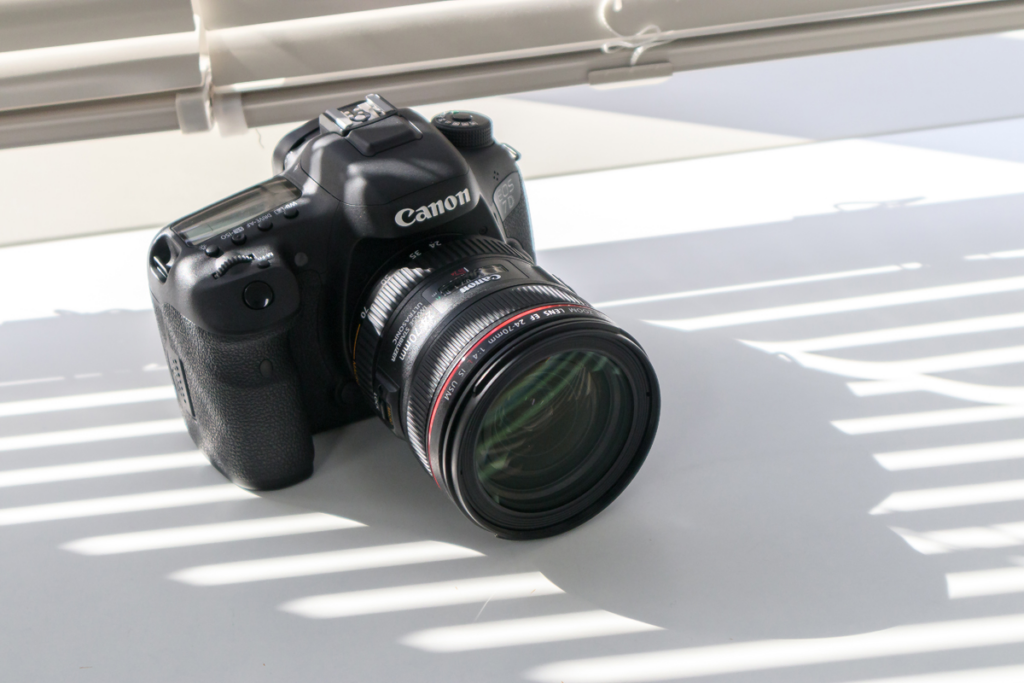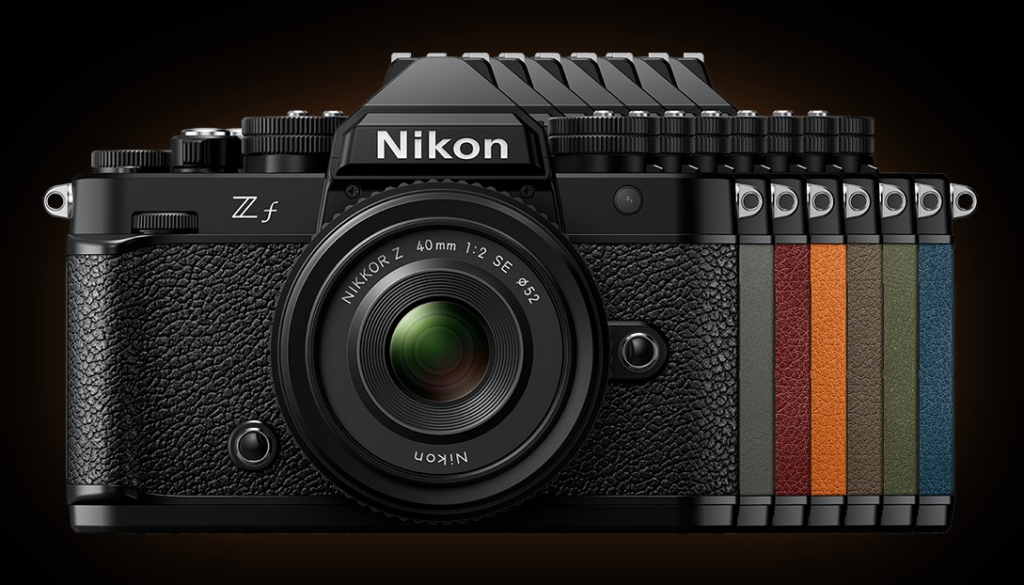Without the innovation and dedication of Japanese camera manufacturers, the world of photography would be entirely different. From Nikon’s iconic red dot to Canon lenses capturing vivid colors, Japanese cameras have become synonymous with quality and cutting-edge technology. But the story of these popular brands goes far beyond sleek designs and high-resolution sensors.

We’ll explore how Japanese camera makers started by learning from others, then fiercely competing to push each other to create better cameras. Finally, we’ll discover how these Japanese companies became today’s photography giants.
Early Years (1840s–1920s)
The story of Japanese cameras began in the mid-1840s with the introduction of daguerreotype cameras, the first commercially successful photographic technology. Photographers like Ukai Renjō and Uchida Kuichi eagerly embraced this new invention, capturing Japan’s landscapes and people. However, the daguerreotype process was complex and expensive, requiring long exposures and hazardous chemicals.

These early experiences laid the foundation for future innovations. By the 1910s and 1920s, Japan started domestic camera production. Companies like Mikami and Makishoten were established, primarily imitating existing Western brands. These early Japanese cameras were known for their high-quality craftsmanship and attention to detail.
This period also marked the rise of Japan’s expertise in optics. Nippon Kogaku K.K., later known as Nikon, was founded in 1917 through the merger of three optical manufacturers in Tokyo. Initially focused on lenses, the company later expanded into camera manufacturing, playing a crucial role in Japan becoming a leader in the global camera industry.
Pioneering Progress (1930s–1960s)
The 1930s were a pivotal time in Japanese camera history, as iconic companies emerged to dominate the industry. Nikon, Canon, and Olympus established themselves during this era, each introducing innovations that reshaped global photography.
Founded in 1937 as Precision Optical Instruments Laboratory, Canon launched its first camera, the Canon Hansa, in 1936. Inspired by Leica, this 35mm focal-plane shutter camera was a first for Japan. Another breakthrough came with the Canon AE-1 in 1976, the first microprocessor-based SLR.

By 1917, Nikon had already solidified its position as a leading optical instrument manufacturer. In March 1948, Nikon released its first camera, the Nikon I, a robust and versatile rangefinder camera built around the 35mm format. It quickly gained fame for its superior photo quality and became a staple for photographers for decades.

Unlike other companies, Olympus focused on compact cameras for a wider audience. For example, their 1959 Pen camera, a compact half-frame model, became famous for its portability and versatility, making photography accessible to ordinary people.

While Japanese manufacturers made progress, World War II temporarily halted production. However, post-war efforts prioritized civilian camera production, leading to increased innovation. The Nikon F, renowned for its lens system and rugged design, revolutionized photography and became the preferred camera for photojournalists and documentarians, cementing Japan’s leadership in camera manufacturing.
The Rise of Japanese Camera Exports
In the 1950s and 1960s, Japanese cameras became globally renowned for their competitive prices and quality. These cameras were durable, reliable, and capable of producing high-quality images. Manufacturers continuously introduced new features like automatic exposure and pocket-sized designs to meet the evolving needs of photographers.

In medium-format cameras, Japanese companies like Fujifilm and Pentax made significant contributions with systems popular among professionals.
In video and film cameras, brands like Canon and Sony also emerged. Their high-end cameras became widely used in filmmaking and broadcasting.
Ultimately, the Japanese camera revolution transformed photography, making it affordable and accessible. This allowed people from all walks of life to capture their own stories and experiences. By the 1960s, Japan had firmly established itself in the global camera market, drastically changing the industry.
The Era of Automation and the Digital Revolution (1970s–Present)
The Rise of Automation (1970s–1990s)
In the 1970s, photography underwent a revolutionary shift with the introduction of electronic cameras. These new models featured autofocus, auto exposure, and even built-in flash, making photography simpler and more accessible beyond professionals.

Canon and Nikon heavily invested in research and development, producing high-quality zoom lenses that delivered exceptional image quality and versatility. This allowed photographers to capture various perspectives more easily.
The 1980s and 1990s saw the rise of compact cameras, also known as “point-and-shoot” models. These user-friendly cameras, with their automated features, further democratized photography and became a mainstream form of personal expression.
The Digital Era (1980s–Present)
Canon’s revolutionary EF (Electro-Focus), launched in 1978, became their first commercially successful autofocus SLR, offering speed and precision. Nikon followed with the F3AF in 1983, further refining autofocus technology.

Meanwhile, Fujifilm and Sony became major competitors by integrating innovative autofocus systems into their cameras. Fujifilm’s X-series mirrorless cameras and Sony’s Alpha series are renowned for their cutting-edge autofocus performance, sleek designs, and superior image quality.
The late 20th century saw the emergence of digital imaging technology. Canon’s RC-701 prototype (1986) can be considered a pioneer of the digital revolution, while Nikon’s D1 (1999) was hailed as their first professional DSLR. Both brands maintained their dominance in this era.
Conclusion
The story of Japanese cameras is far from over. These companies continue to push technological boundaries. From the rise of computational photography to the potential of AI integration, Japanese manufacturers are shaping the future of how we capture and interact with the world.
In the ever-evolving world of photography, vintage cameras hold a special place. Using and shooting with these retro models evoke nostalgia, emotions, and memories.

While the “best vintage camera” is always a subjective debate, this guide can help you find one that suits your preferences and budget. Tracking down some of these models might be challenging, so thorough research is key.
Fortunately, buying cameras from Japan adds an extra layer of authenticity and security, allowing you to own these vintage pieces of history.
With due diligence and a budget, you’ll soon own one of these iconic cameras and continue capturing timeless moments with unmatched elegance. Embrace the vintage charm and embark on a journey of preserving memories with style.
#OneMallJapan #OneMall #JapaneseCollectibles #BuyFromJapan #JapanShopping #Japaneseproducts #ShopJapanese #Japanesefashion